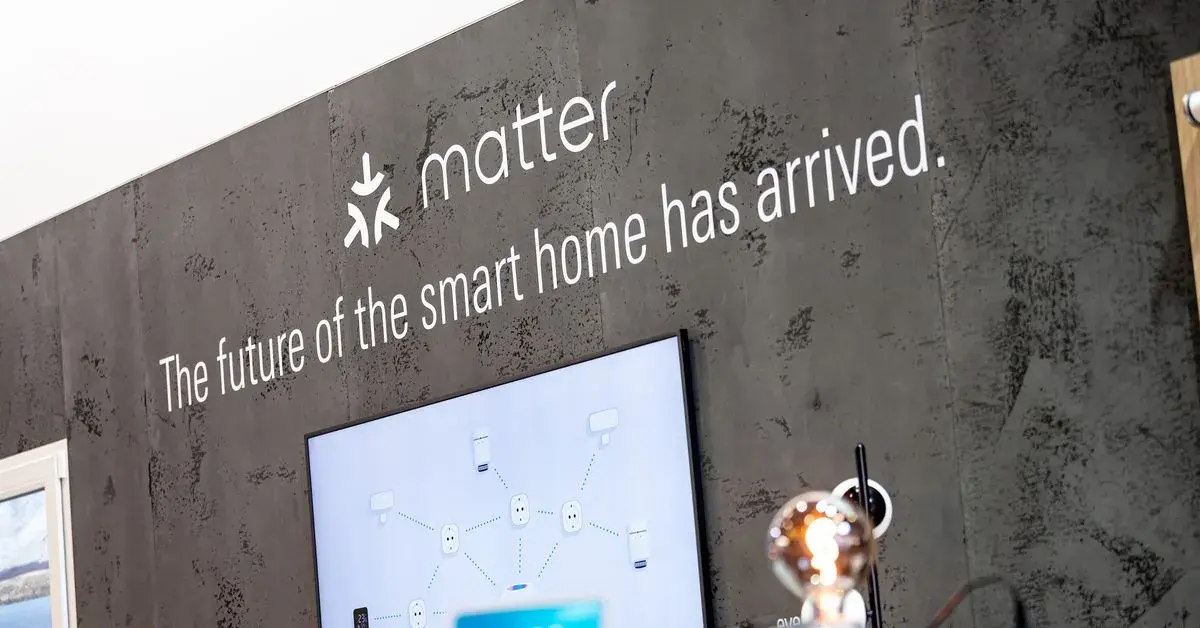The article discusses expectations for smart home announcements at the upcoming IFA tech show in Berlin. While companies may unveil new smart speakers, cameras and robot vacuums, the smart home remains fragmented as the Matter interoperability standard has yet to fully deliver on integrating devices. The author argues the industry needs to provide more utility than novelty by allowing different smart devices to work together seamlessly. Examples mentioned include lights notifying users of doorbell activity or a robot vacuum taking on multiple household chores autonomously. Overall, the smart home needs solutions that are essential rather than just novel if consumers are to see the value beyond the initial cool factor.



Yes and no. Each component comes with an “app”(basically comparable with a driver for PC hardware) within the programming software that does the setup.
So you don’t have to decide what triggers what and some part of the logic behind it - but the app often does most of the work and you do just some fine tuning.
To give you an idea: I decide which switches (I always have regular switches even if the light normally goes on/off automatically) and what detection zones should trigger the light X1. I then link the “Switch Action” to the bus address of the LED controller L1. The LED Controller then gets told what to do with that information. In my case I have two different modes: Normal and Partymode (I use Day/Nightmode for that). In Normal mode the App gets told to interpret a “On” Action as “start HCL” and a “off” as a,well “turn it off,dude”. The HCL mode then is started with the HCL Settings according to the time. I can adjust the settings for the HCL mode (e.g. I want it darker in the evening) or I can just use the preset.
Now for party mode the same switch action does not mean “use HCL” as the same light that I want at 1am might be nice if I am on my way to bed but not If my guests need to find the loo or their staff when leaving. So it’s now a simple “turn the light on at 100%”.
Once that is done you commit the change by programming the module and you’re done. (The components always communicate directly without a central module that could fail)
Now the beauty of the system is that you can be as flexible as you like. You want that switch to no longer switch on the lights but rather close the blinds? Sure. Just link it to another address.
To give you another example what the app does itself: The blinds do close according to the sun’s elevation. I basically just linked the relevant module addresses to the respective sensors,told the module the size of the blind parts (used for calculating the optimal closure position) and linked it to the “veto object” that is calculated by the home Assistant and send to the bus via IP Gateway (basically a object based on the estimated weather. I live in an area with heavy temperature drops). Everything else is done by the weather sensor - raising or lowering based on temperature and of course wind speed.
Each app can be automatically loaded but you can also load it yourself if working in an offline environment - as they need to be 100% downwards compatible you can always work with your hardware even as long as you have the app. I therefore have them all saved/backuped in case some company might go bust. (In theory you then can still get them through the association but I don’t want to rely on that).